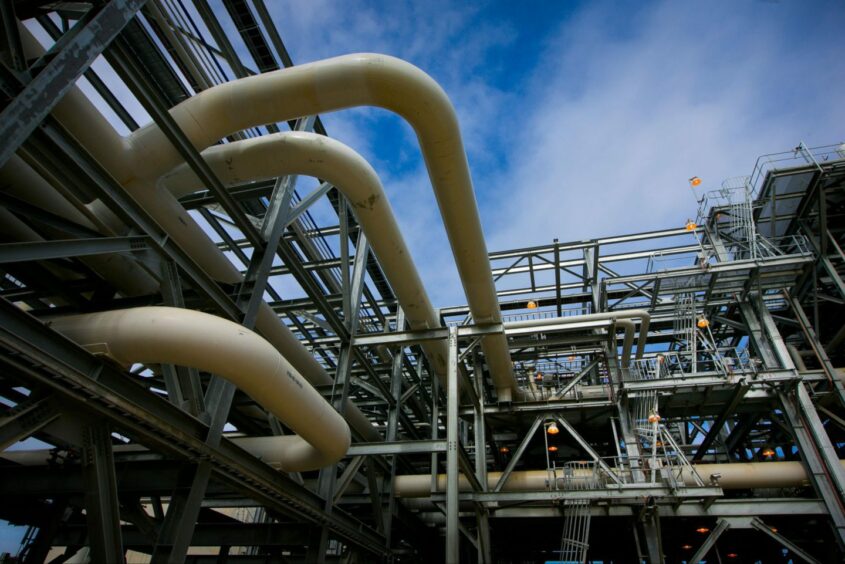
Australia should tighten measures to curb natural gas exports from one of the world’s biggest suppliers to avoid a domestic fuel crunch, according to the nation’s competition watchdog.
Gas that hasn’t been sold under long-term contracts should be made available domestically before it is exported, because of a significant risk of a shortfall in supply next year to eastern Australia, home to about four-fifths of the nation’s population, the Australian Competition and Consumer Commission said Monday.
Eastern areas could face a shortage equivalent to 10% of gas demand, mainly the result of increased consumption by electricity generators as the nation transitions away from coal.
Australia’s government is already considering extending to 2030 powers that would allow it to impose export controls in some extraordinary circumstances and which had been due to expire in January, Resources Minister Madeleine King said Monday.
“The Government needs to see firm commitments out of the east coast LNG exporters,” King said. Officials are holding talks with consumer nations “to reassure them that Australia remains a trusted trading partner and a stable and reliable exporter of resources and energy.”
A call on LNG exporters to respond more to domestic needs is unlikely to have any major global impact on supply or prices. The forecast deficit next year in eastern Australia is equivalent to about 14 LNG cargoes, while Australia’s terminals made more than 100 shipments in June alone.
Any change in policy won’t affect sales under multiyear deals with buyers in countries including Japan and South Korea. Australia’s exporters are forecast to produce 167 petajoules (157 billion cubic feet) more than they need to meet their contracts — or more than three times the anticipated 54 petajoule shortfall — according to Monday’s report.
There are also limited options for LNG exporters to redirect flows into the domestic market due to pipeline capacity restraints. The South West Queensland Pipeline, a key link connecting states along the east coast, was running at 98% capacity during the height of a gas supply crunch in June, according to the Australian Energy Market Operator.
Australia has grappled with a power supply crunch this year despite being among the top global exporters of both coal and natural gas. A cold snap at the start of the southern hemisphere winter, breakdowns at aging power plants and high global prices due to Russia’s invasion of Ukraine all contributed to a spike in demand and a shortage of supply.
Since last year, the multibillion-dollar export facilities in the northwest and northeast of the country have been purchasing more gas than they provide to the domestic market, according to the ACCC report. However, some LNG projects recently moved to lift supply into the local market, as domestic spot prices were more attractive than overseas rates.
Recommended for you
